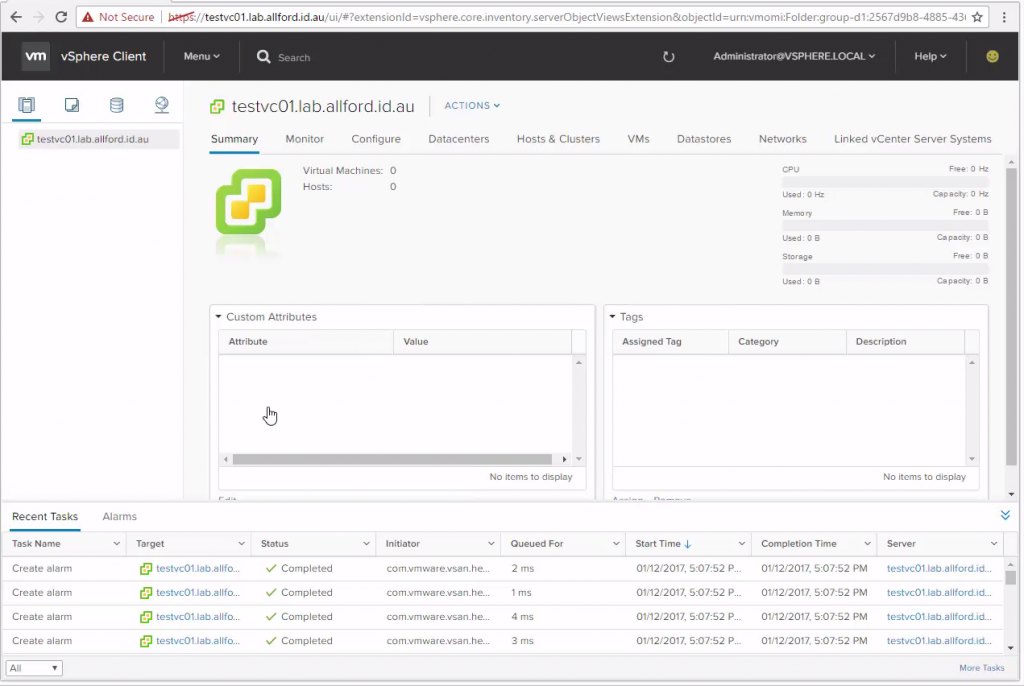
- Vsphere client 6.5 links how to#
- Vsphere client 6.5 links upgrade#
- Vsphere client 6.5 links software#
Vsphere client 6.5 links upgrade#
Vsphere client 6.5 links software#
I felt the need to start here to help provide some guidelines for those still using 6.5.Īs I do in my previous step-by-step articles I provide a brief summary of the software versions that I am starting with in my lab environment. There are going to be a lot of great articles out there for upgrading 6.7 to 7.0 so keep an eye out for those. This blog article is intended for that specific audience. Having read this article, you should be able to clone your VMs from the vSphere Web Client.There are some organizations out there that didn’t make the jump to vSphere 6.7 and are running vSphere 6.5.

To do so, uncheck the network adapter in the VM settings once it has been cloned. Warning: If you did not customize the VM, you will need to change the clone configuration before you boot it up to avoid an IP/MAC conflict. Customize this virtual machine's hardware: This option allows you to specify the new configurations you want to implement on this VM.If you do not check anything, this will make no changes to the clone VM's network configurations compared to the source.Next, we will select the network configurations for the VM we are cloning. In the "VM Storage Policy" row, you will be able to choose the default policy for datastores, a custom policy if you have vSAN hosts, or the VM encryption option. To learn more about disk types, please check out our VMware Disk Types for Virtual Machines article. The virtual disk type is on “Thin Provision”, which means that a virtual disk will be created that only uses the actual disk space used on the storage, regardless of the disk space previously used on the source VM. Set the storage location (disk space) for this VM. Next, specify the cluster, host, vApp, or resource pool for this VM.

In the ensuing menu, select a name for your VM and choose its location in your file tree. Right-click on the VM to be cloned and then select Clone and Clone to Virtual Machine.

Topicsįrom the vSphere Web Client, navigate to the Hosts and Clusters tab.

Vsphere client 6.5 links how to#
In this article, we will explain how to clone a VM in the vSphere Web Client. Cloning a VM creates a copy of the source VM.


 0 kommentar(er)
0 kommentar(er)
